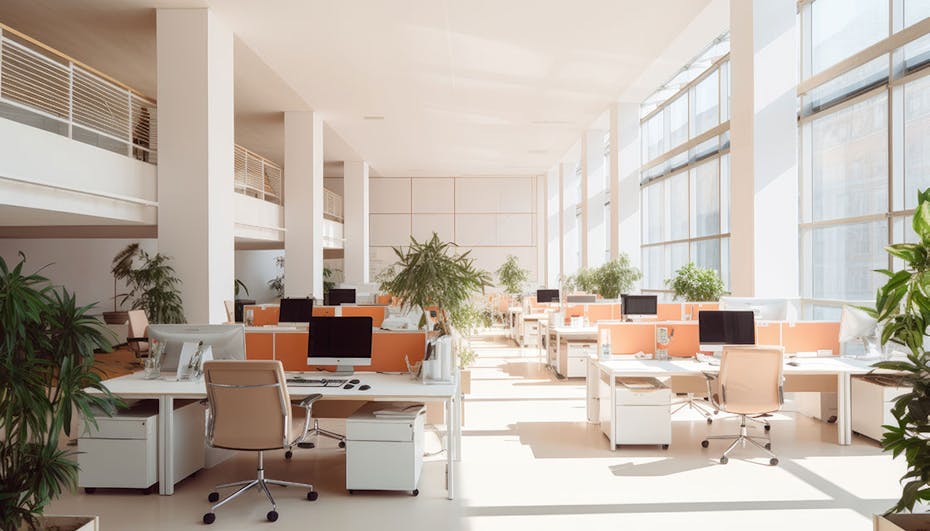Optimum indoor climate in offices and public buildings
An optimal indoor climate in the workplace and in public buildings has a positive effect on the health, well-being and productivity of the people in these spaces. We explain what the ideal relative humidity should be in the office and in public buildings, what the best room temperature is for working and how to ensure ideal air quality in the workplace.
Air quality in the workplace: individual and professional consultation
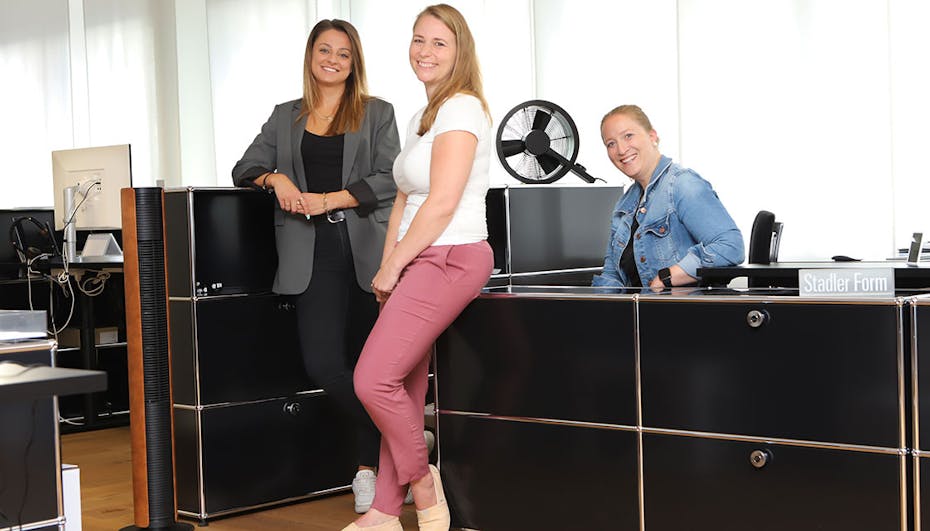
Would you like professional and individual consultation about ideal air quality at the workplace or in public buildings? And would you like to know which devices you can use for an optimal indoor climate? We will gladly take the time to show you all the possibilities. Simply contact us without obligation and we will be happy to advise you.

Optimal air quality in the office and in public buildings: what is it good for
- For better productivity and an increased ability to concentrate
- For happier and healthier employees
- For effective virus prevention
- For the protection of office equipment and publicly displayed objects
- For the prevention of bad and stuffy air in the office
Air pollution and ventilation in offices and public spaces
Facts
- Offices and public buildings can contain various air pollutants, including pollutants from building materials, office furniture, printers etc.
- Air pollutants are concentrated indoors and can accumulate over time.
- Long-term exposure to poor air quality in the workplace can cause health problems, including respiratory problems, allergies and fatigue.
- Office furniture, carpets and other materials can release VOCs that can worsen air quality.
- Regular intensive ventilation and / or well-maintained ventilation systems are substantial to bringing fresh air into buildings and removing stale air.
- Most automatic ventilation systems do not control humidity. Humidity levels in offices and public buildings are therefore often far too low.
Consequences
- Poor air quality can lead to health problems, which can have a negative impact on productivity and performance.
- Workplaces need to be adequately ventilated to reduce air pollution.
- People in rooms with poor air quality may have difficulty concentrating and working efficiently. They often feel uncomfortable and less satisfied at work.
- Poor air quality can lead to more frequent sick days for employees, which can increase operating costs for companies.
- Employees should be made aware of the importance of air quality in the workplace and taught how to behave properly.
Optimal humidity in the workplace and in public buildings
The ideal relative humidity in the workplace, as in other rooms, is between 40 % and 60 %. This range is considered optimal for people's well-being.
Humidity that is too low can lead to dry skin, eye irritation and general discomfort. People find dry air uncomfortable, which can have a negative impact on mood and productivity.
Excessive humidity encourages the growth of mould and microorganisms, which can cause health problems. Sultry, humid air can be perceived as unpleasant and affects concentration and productivity.


Ideal temperature in the office and other workplaces
The ideal room temperature at the workplace can vary depending on individual preference and physical exertion. For office work, SECO recommends a room temperature between 21 °C and 23 °C in winter and between 23 °C and 26 °C in summer. For standing activities, a temperature between 18 °C and 21 °C is recommended, and between 16 °C and 19 °C for moderately strenuous work.
Excessive room temperature can cause discomfort, sweating, reduced concentration and dehydration. Extremely high temperatures can lead to heat-related health problems such as heat stroke or heat exhaustion.
Temperatures that are too low can lead to discomfort, muscle tension and stiffness. People who are cold may have difficulties concentrating on their work, which can affect productivity.
Air treatment devices for ideal air quality in the workplace
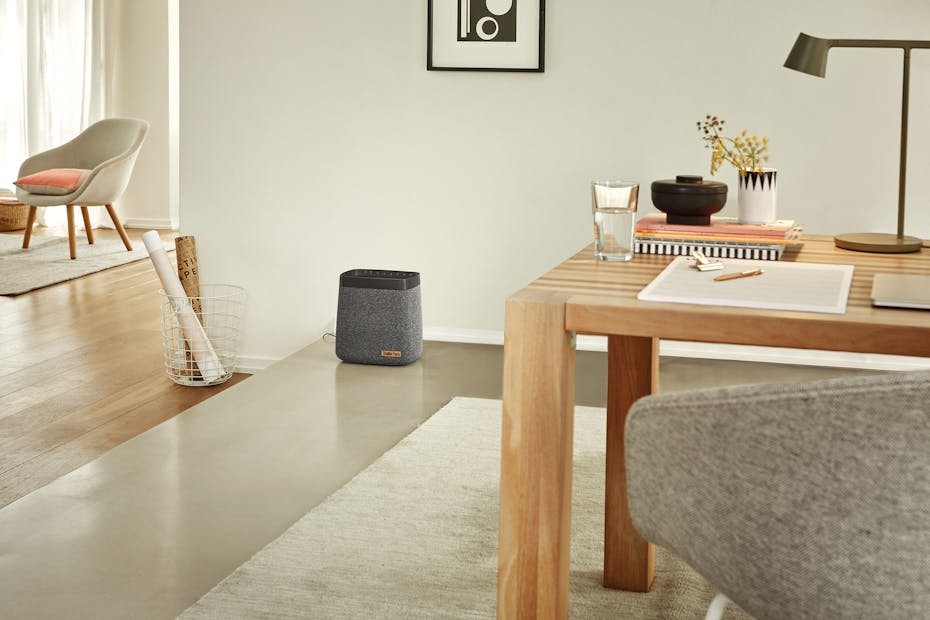
Humidifiers
Especially in air-conditioned offices or in the cold winter months, the air can often be too dry. A humidifier regulates the humidity by efficiently humidifying the air. This helps to increase well-being and can improve concentration and performance in the workplace.
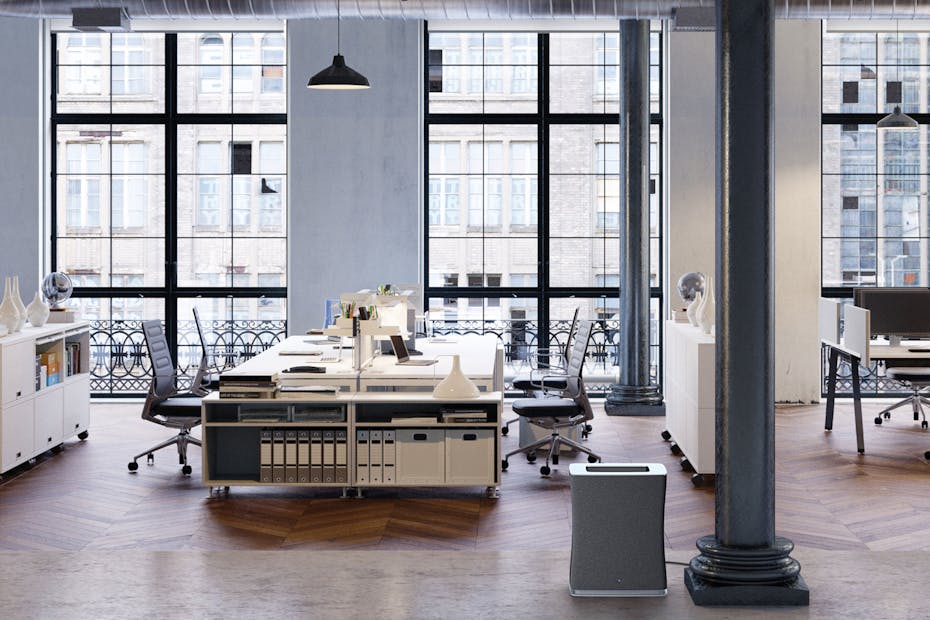
Air purifiers
Dust, allergens, viruses and other pollutants can easily accumulate in offices and workspaces. An air purifier filters these particles out of the air and provides a cleaner, healthier working environment. This reduces susceptibility to allergies and respiratory problems, which can lead to less sick leave.
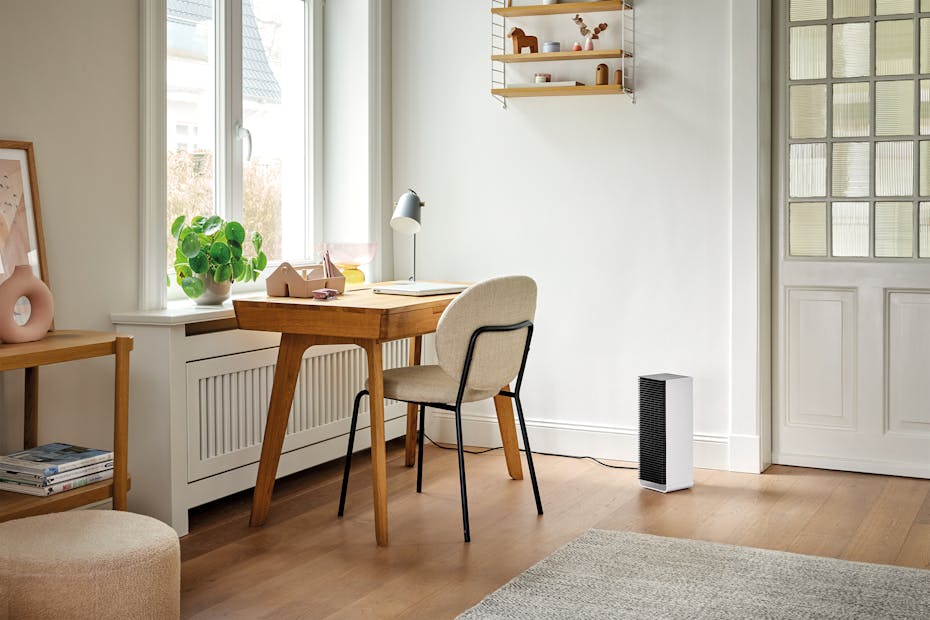
Fan heaters
Especially because the perception of warmth or cold is individual, fan heaters can be useful in the office. A pleasantly warm workplace promotes well-being and helps to concentrate on tasks instead of being distracted by the cold.
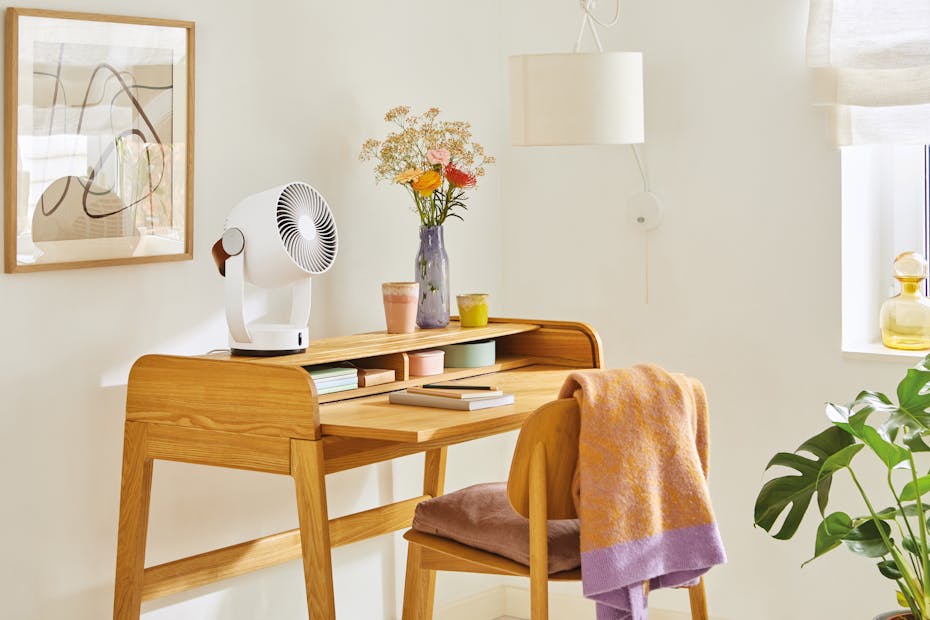
Fans
When temperatures rise and the air at the workplace becomes stuffy, a fan brings much-needed relief. It provides pleasant air circulation and helps dispel heat and mugginess. This promotes comfort, concentration and productivity.
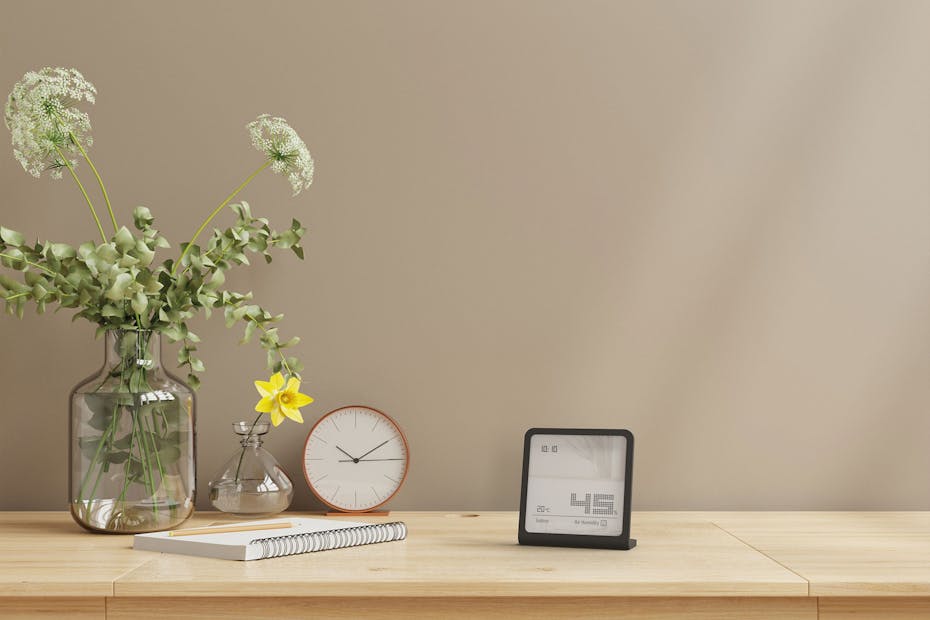
Hygrometer
A hygrometer in the workplace helps to monitor the relative humidity and temperature in the room. Based on these values, measures can be taken to optimise the air quality in the workplace.
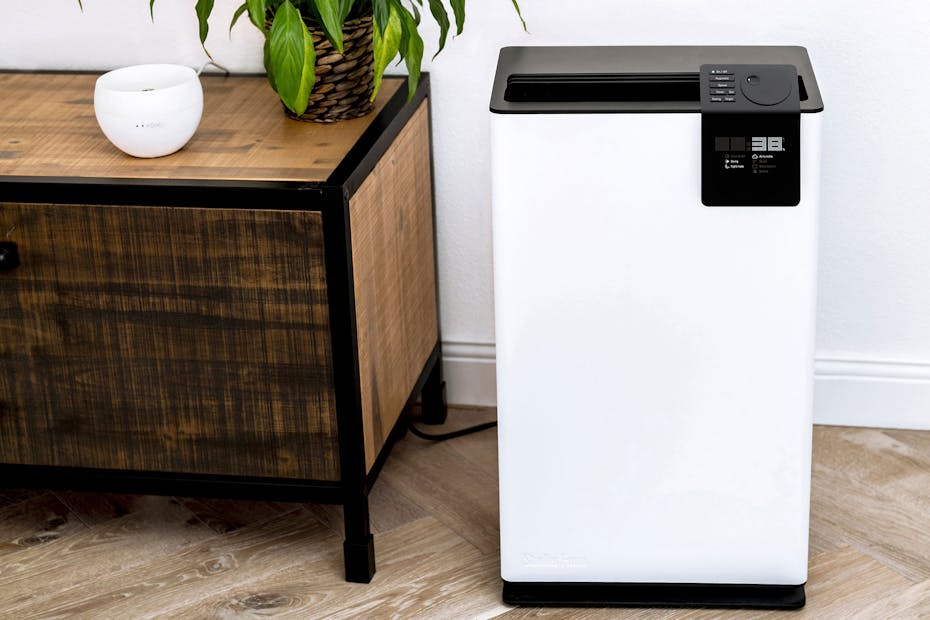
Dehumidifiers
In many offices or workspaces, humidity can increase over time, especially in humid environments or on rainy days. This can affect working conditions. A dehumidifier helps to solve humidity problems by removing excess moisture from the air.
Articles on indoor climate in offices and public buildings
In our blog you will find a lot of useful information about indoor climate in the office and in public buildings. Find out, for example, how you can combat VOCs in the office with an air purifier or how you can cool down in the office during summer heat.
